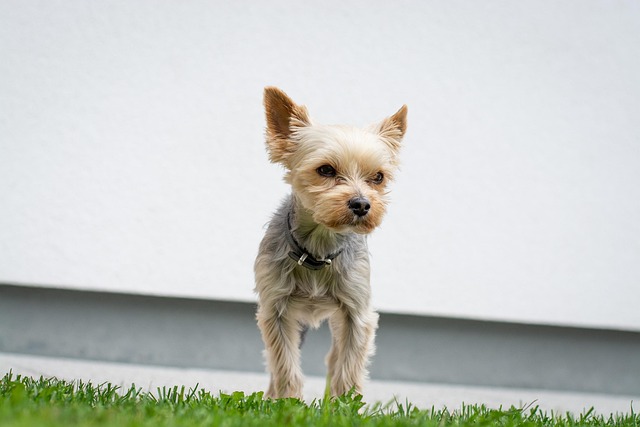
How to train a service dog for social anxiety?
A service dog trained for social anxiety isn’t just a pet—it’s a trusted ally that can ease stress in everyday moments others take for granted.
Bringing home a new puppy is joyful—but when they’re chewing your favorite slippers or peeing on the rug, it’s easy to feel overwhelmed. The good news? You don’t need a professional trainer to teach your pup good habits—effective at-home puppy training just takes consistency, patience, and the right approach. It’s about turning daily moments (like meal times or playtime) into learning opportunities that build trust and set clear boundaries.
At-home training works because puppies learn best in familiar, low-stress environments, thanks to a concept called “contextual learning”—they link behaviors to the spaces and routines they know. Forget long, formal sessions; 5-10 minute bursts 2-3 times a day (right after naptime or before meals) keep them engaged. Start with foundational skills: For “sit,” hold a treat above their nose, say “sit,” and gently guide their bottom down—reward immediately with a tiny piece of chicken and excited praise (“Great sit!”). For potty training, take them outside first thing in the morning and after meals, and cheer loudly when they go—this tells them exactly where you want them to relieve themselves.
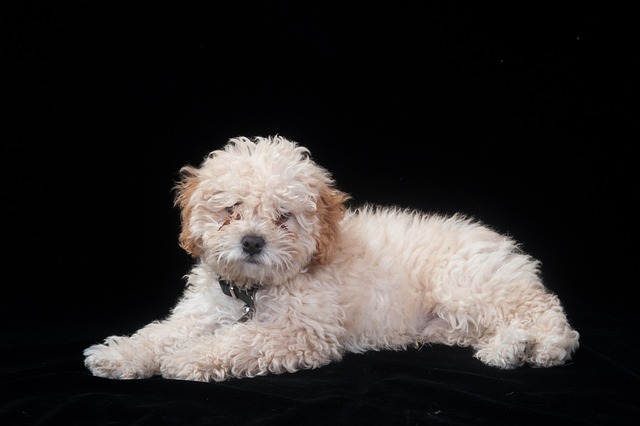
Never use punishment like yelling or tapping their snout. Not only is this against animal welfare standards in most U.S. states and EU countries, but it also makes your puppy afraid of you instead of eager to learn. If they chew a shoe, redirect them to a rubber chew toy and reward them when they use it—positive reinforcement is the only way to build lasting good behavior. For apartment dwellers, add “quiet” training: When they stop barking at a passing dog, give them a treat. Also, teach “place” using a mat near your couch—this gives them a calm spot during busy evenings with roommates.
Before you take your trained pup outside to practice, double-check their vaccines. Most U.S. cities require distemper and parvovirus shots by 4 months old, and rabies vaccines are mandatory nationwide—unvaccinated puppies risk deadly illnesses in public spaces. Always carry poop bags on walks too: Leaving messes in apartment hallways or neighborhood parks isn’t just rude; it’s illegal in places like San Francisco, with fines up to $300.
Remember, at-home training is a journey, not a race. My friend’s rescue puppy, Milo, took 6 weeks to master “come,” but consistent daily practice made all the difference. Celebrate small wins, and be patient—soon your wiggly pup will be a well-mannered companion.

A service dog trained for social anxiety isn’t just a pet—it’s a trusted ally that can ease stress in everyday moments others take for granted.
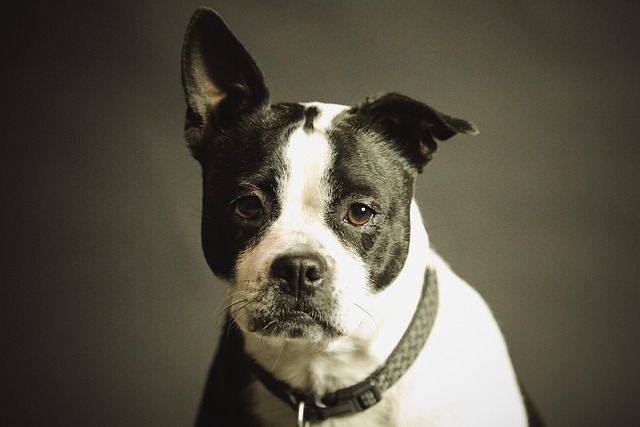
Chihuahuas often bite not out of aggression, but because their small size makes them feel vulnerable—like when a kid reaches for their collar too fast or a stranger bends down suddenly.

House training an adult dog differs from teaching a puppy, but it’s absolutely doable with consistency. Many adult dogs may have picked up old habits from past homes or lack prior training, so patience becomes your best tool here.
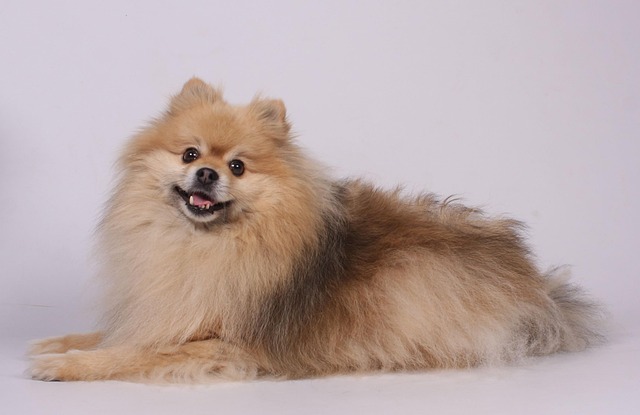
Dealing with a stubborn dog during house training can feel like a never - ending battle, but it’s far from impossible with the right approach.

The moment your dog's teeth make contact with skin, the world shifts. Whether it was a warning nip or a serious bite, the fear and confusion are real.
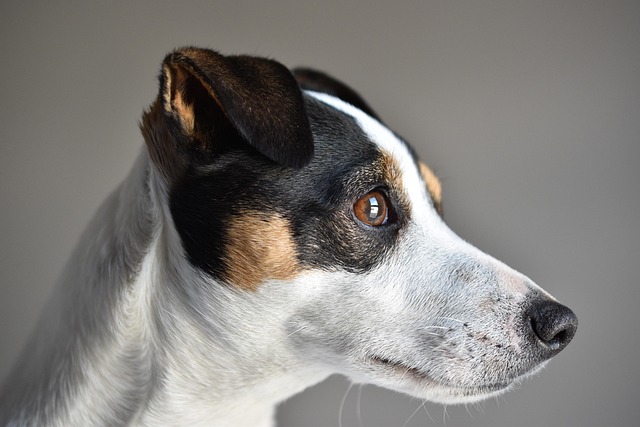
Territorial aggression in dogs often shows up as growling when someone approaches the front door or snapping near their food bowl—common triggers that can escalate if not addressed.